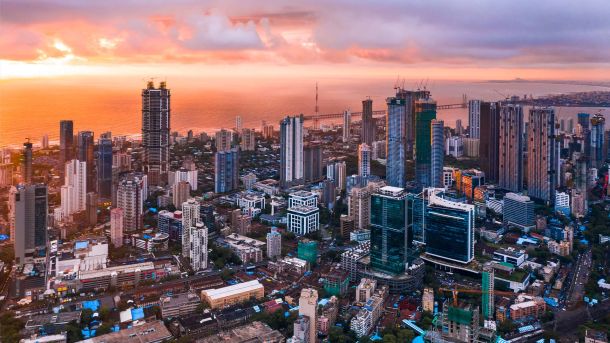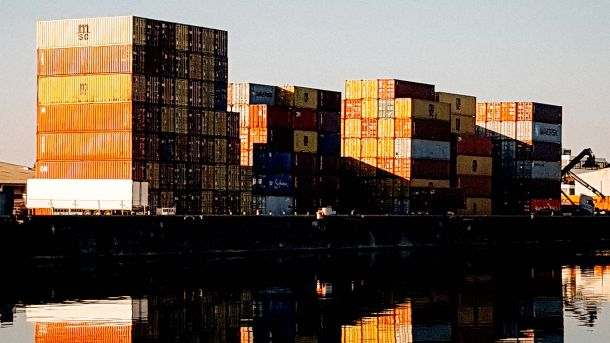
Several key factors contributed to the decrease in production volumes:
- Petroleum, Chemical Products, Rubber, and Plastic Products: Production decreased by 5.6%, contributing -1.3 percentage points to the overall manufacturing decline.
- Motor Vehicles, Parts, and Accessories: This sector experienced a significant drop of 14.9%, accounting for -0.8 percentage points.
Amidst these declines, the furniture products sector saw a rise, with a 6.0% increase in February, providing a positive contrast.
The seasonally adjusted sales value in the manufacturing sector fell by 1.3% in February 2025 compared to February 2024. Moreover, the rolling quarter ending in February 2025 showed a decline of 0.5% compared to the quarter ending in November 2024. Key factors in this quarterly decline included:
- Motor Vehicles, Parts, and Accessories: This sector decreased by 4.9%, contributing -0.7 percentage points.
- Basic Iron and Steel, Non-Ferrous Metal Products, Metal Products, and Machinery: This category decreased by 2.6%, adding -0.5 percentage points to the quarterly contraction.
Manufacturing remains vital to South Africa, the most industrialised country in Africa, employing about 1.6 million people and contributing around 12.5% to the GDP. Employment statistics show a promising trend, with job numbers increasing from 1.635 million in Q3 to 1.675 million in Q4 of 2024. This increase is encouraging given the relatively stable electricity supply and consistent PMI figures during late 2024.
However, manufacturing business owners are adopting a cautious “wait-and-see” approach to investment and medium-term growth. This caution is exacerbated by recent U.S. tariffs on countries with a trade surplus, alongside ongoing diplomatic tensions between Pretoria and Washington. These factors pose challenges to South African exports to the U.S. and could impact economic growth and job creation in the manufacturing sector.
Reports from the Reserve Bank and commercial banks suggest that corporate South Africa is maintaining significant cash reserves, underscoring the cautious stance businesses are adopting amid domestic and global uncertainties.





